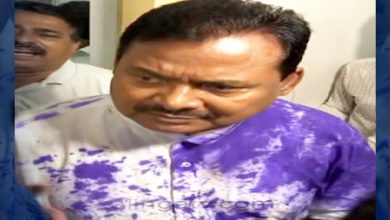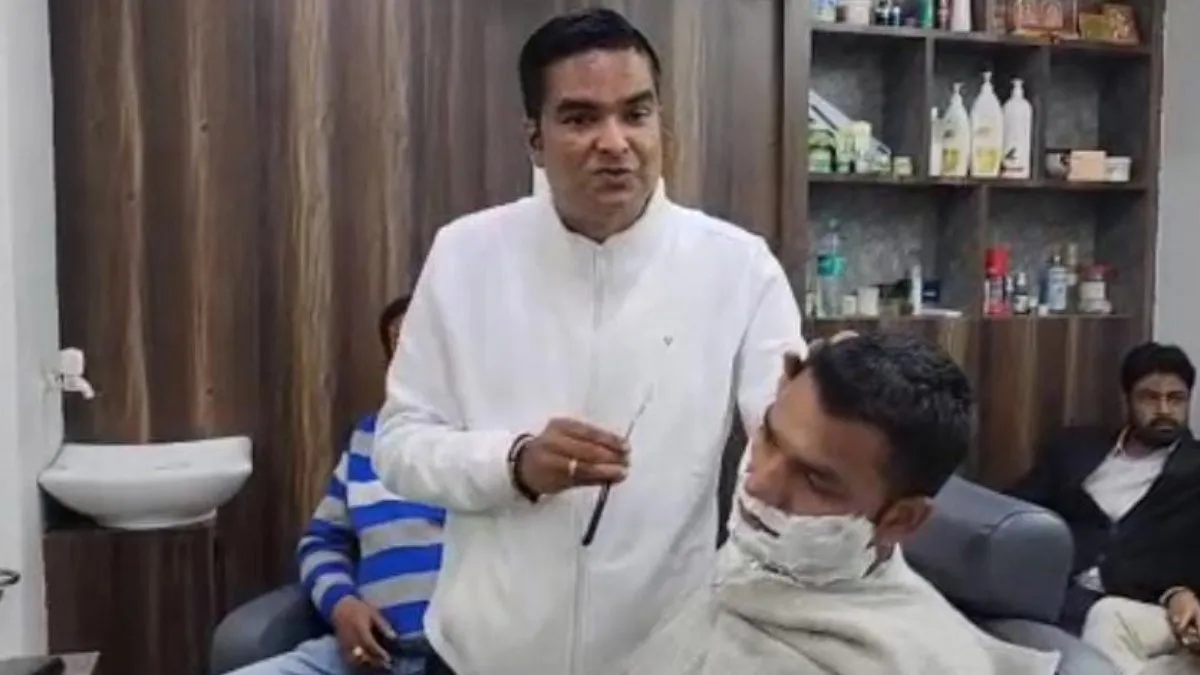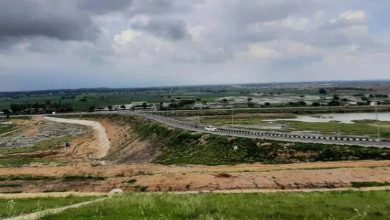
Rain Gauge: In Wayanad, Kerala, the District Disaster Management Authority collects rainfall data through rain gauges. More than 200 rain gauges have been installed at various locations including the Collectorate. A rain gauge is an instrument used to measure the amount of rainfall that has occurred in an area within a given period of time. The main parts of a rain gauge are a funnel with a fixed mouth and an attached cylinder to collect rainwater. The height from bottom to top will be marked in mm on one side of the container. It is possible to observe the variation of rainfall according to the different topographies of the district and identify the characteristics of the microclimate through the observation of rain gauges. This system can calculate the amount of rain recorded in each area and issue warnings. A website and application called DM Suite has been developed to record the information received from rain gauges in the district. It is reportedly India’s first rain gauge website.
The information obtained from the rain gauge is available through the application, so it is possible to quickly adjust the rainfall map. Red, orange and yellow alerts can be declared in the area and preparations can be made by calculating the amount of rainfall received in each land area. Monitoring is done using rain gauges in high altitude areas like Meppadi, Brahmagiri, Kambamalla, Makhimala, Banasura, Siddhagiri, Lakithi, Mullankolli and Pulpalli, which receive less rainfall. The area which receives continuous rainfall of more than 600 mm is considered vulnerable to landslides and floods. Rain gauges can be used to detect and prevent disasters like landslides and hill floods. D.R. Rangashree, District Collector of RD, Chairman, Disaster Management Authority, said that if natural disasters are understood in advance, necessary precautions can be taken. With such a project, rain gauges in Wayanad are not only rain gauges but also a new idea in monitoring local weather.





